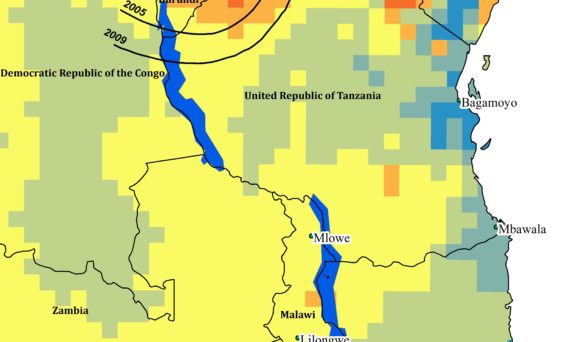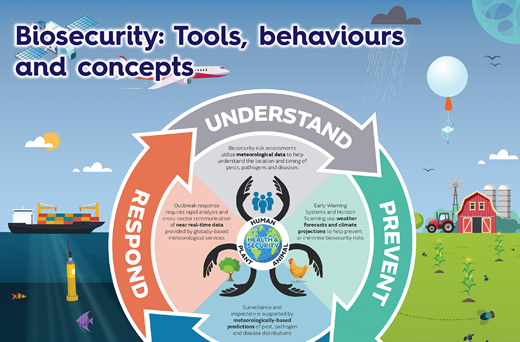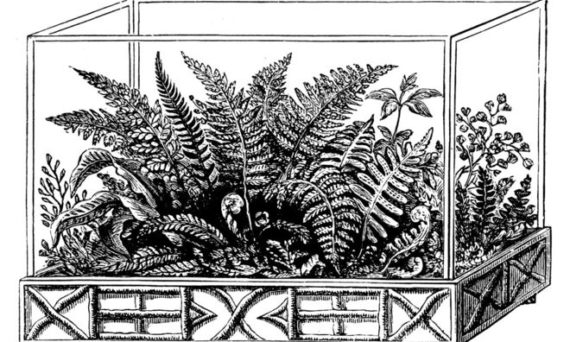Pest risk linked to climate change!
IPRRG members have recently published an important and interesting paper using pest risk modelling techniques to explore the link between cassava diseases in East Africa and climate suitability for the vector, silver leaf whitefly. A CLIMEX niche model for B. tabaci was applied to an historical climate time series in East Africa. Transforming the time-series of climate […]



